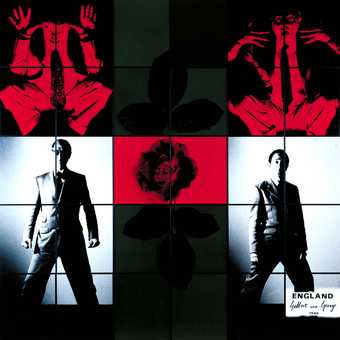13 rooms in Modern and Contemporary British Art
Against a backdrop of economic and social transformation, artists in the 1980s explore their experience of the land and the body to reflect on their own identities and sense of belonging
Margaret Thatcher’s premiership spans and defines much of Britain in this decade. Her government cuts public spending, privatises nationalised industries and challenges the power of unions. In 1984, the National Union of Mineworkers holds a year-long strike. By 1986, over three million people are unemployed. Meanwhile, after the ‘Big Bang’ of financial deregulation, the wealth of the City of London’s financial sector increases. The Northern Ireland conflict, known as the Troubles, continues. Young Black people across England clash with law enforcement against racial discrimination and police brutality. In 1986, as the AIDS epidemic rips through LGBTQIA+ communities, the British government prohibits local authorities from promoting, LGBTQIA+ rights.
Many of the artists in this room make work reflecting on life in Britain. Artists reframe their familiar ideas to express a combination of hope and frustration. Britain is viewed from the North of England, suburban gardens, the streets of Brixton in South London, and the Maze Prison in Northern Ireland. Other artists focus on the body to explore the boundaries between private and public social space. Some reflect on the experience of illness and death. Others make work about gender identity, sexuality or racial violence, using their personal experiences of being othered or excluded.

